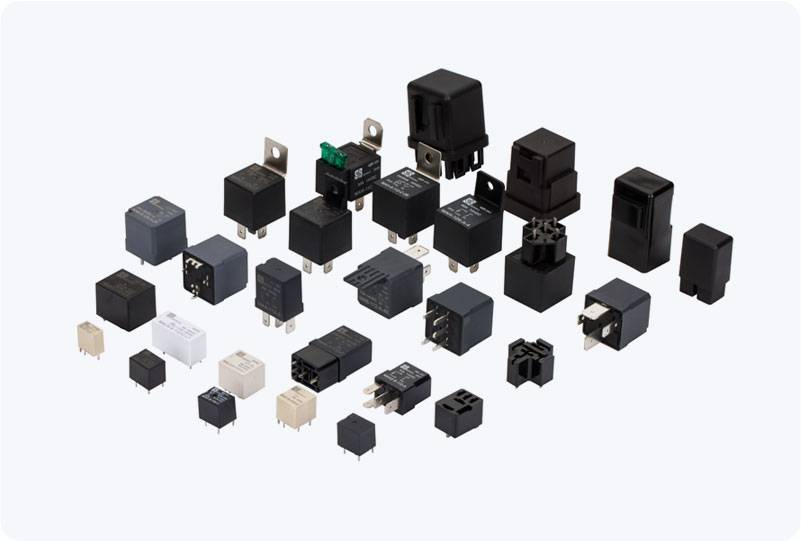understanding the iec 61811 power relay: key features and applications
Release time:2025-05-25 09:41:40
The IEC 61811 Power Relay standard is a critical component in the world of electrical engineering, especially when it comes to designing and implementing control systems for electrical circuits. It lays down the guidelines for the design, performance, and testing of power relays used in various industrial applications. This article explores the key aspects of the IEC 61811 Power Relay standard, its significance, and the applications where it plays a vital role.

What is IEC 61811 Power Relay?
IEC 61811 is an international standard developed by the International Electrotechnical Commission (IEC) that governs the specifications for power relays. These relays are electro-mechanical devices used for switching electrical circuits, making them essential for controlling the flow of electrical power in systems where direct manual control is not feasible or practical. The standard defines the required performance criteria and testing protocols to ensure that relays function reliably and safely in real-world applications.
Power relays based on IEC 61811 are typically used in high-voltage and high-current applications, where they act as intermediate switching devices between a control circuit and the main power circuit. They are designed to handle both AC and DC voltages and are often equipped with mechanical contacts to switch the load, providing electrical isolation and protection.

